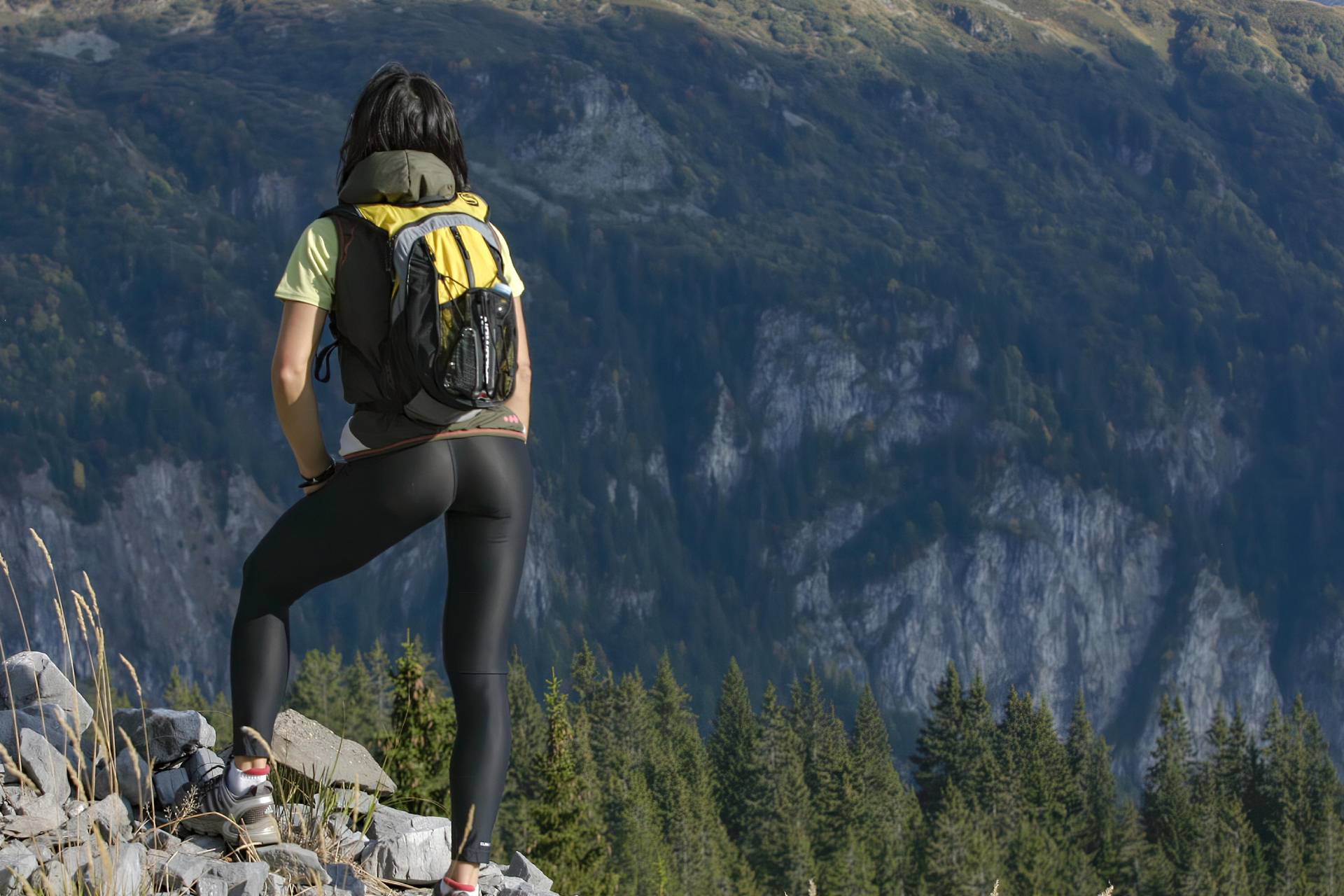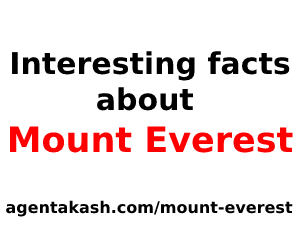There comes a time when the mundane everyday life screams for a break and here is Nepal trekking tips for you. Well, we are not suggesting you set out for the Nepal trekking tips. But if you are a seeker somewhere inside and looking forward to embracing nature in its full glory, do not think twice. Pack your bags and brace yourself. You are embarking on a journey of self-discovery and truth. Such can be the impact of fearless nature in the Nepal Trekking expedition that you return a changed person. Nepal Trekking in the Himalayas provides you with a more majestic view of the Himalayan panorama. No wonder hordes of trekking enthusiasts from all over the world come to Nepal to experience a slice of the Himalayan ecstasy.
Nepal Trekking could be a once in a lifetime experience that will help you reflect on your spirituality and sort out priorities in life. It is at best a great opportunity to introspect and rejuvenate oneself for the years to come. Hence, it is essential that you have an idea of the things that can make or break this coveted experience. Trekking in the Himalayas, as extraordinary as the experience can get to, also involves a lot of planning and preparations. The Himalayas throw up a lot of challenges at you and expect you to emerge a winner. Frequently Asked Questions by Trekking aspirants as answered.
What is the best time to go for Nepal Trekking?
The best time to go for Nepal trekking in the Himalayas is in the months of March to May and September to November. Post the rains the countryside is lush and green, the skies are clear, the air is crisp and the visibility of the Himalayan panorama is excellent. Around this time, the Nepalese folks also celebrate a lot of harvest festivals which can add to your Nepal trekking experience. The months thereafter get colder. However, early spring as in late February and March is also a good time to go trekking in the Himalayas.
Trekking Seasons Nepal
Trekking in Nepal is possible at any time of the year depending on where you are going. The most popular trekking seasons are autumn and Spring for trekking tourism in Nepal. The year is divided into 4 different trekking seasons in Nepal and each trekking season has its distinct attraction for trekking in Nepal. Base Camp Trekking classified the Trekking seasons of Nepal are as follows.
Trekking in autumn season (September – November)
Trekking in autumn season is one of the best seasons in the year. That season offers you excellent weather and superb mountain views. In autumn season weather is clear and we can see the spectacular mountain views and beautiful scenery, peak season for trekking in Nepal. Autumn season is the season of the main Hindu festivals of Nepal like Dashain and Tihar (Dipawali).
Trekking in winter season (December – February)
Trekking in winter season, Nepal is noted for occasional snowfall only at higher elevations. Trekking in winter season Nepal is ideal for trekking at lower elevation; below 3000 meters Himalayan foot hills of Nepal with taking superb views of Himalayan ranges of Nepal. In winter season the weather is cool and the sky is clear with occasional snowfalls at higher elevations. Winter season is best for trekking in lower elevation as daytime temperatures are mild when it is sunny.
Trekking in Spring Season (March – May)
Trekking in Spring Season is the perfect and best time for trekking in Nepal. Many people from different countries come to Nepal in spring season for trekking tourism in Nepal. Trekkers can treks in different trekking regions in Nepal and they enjoy a lot with their trekking period differently. In spring season blooming different varieties of wild flowers, most notably the rhododendrons make the hillside above 5000 meters a haunting paradise during this season.
Trekking in Summer season (June – August)
Trekking in Summer months, which constitute the monsoon season, continues up to mid-September during which trekking is wet and warm. Summer season times are good for the keen botanist as the higher valleys and meadows blossom with flowers and lush vegetation. It is not a good idea to go for trekking during summer. The weather is hot and wet at summer season times. During rainy days it almost rains every day but this is the favorite season to trek in the arid rain shadow areas like Upper Mustang, Dolpo and Kailash. Trekking in summer season is also recommended for forest researchers and botanists. The advantages of trekking in the summer months are the uncrowned trails and the less cold in the high mountains.
How long does it take to go for Nepal Trekking?
Nepal Trekking can take as long as you want to. If you want to trek to the Everest base Camp then a trek could easily last up to 2-3 weeks. However, for the casual trekker smaller treks along easier and less punishing trails can be planned.
How much cash do I need to carry on the trek?
While going for Nepal trekking, you may book with our Nepal trekking agency in advance. While on the trek first thing, it is better to carry Nepalese currency. Your meals and other necessities will be taken care of but for a 14-16 day trek, around 500 dollars would be needed for personal expenses. It is customary to tip the sherpas and other porters at the end of your trek.
Will there be any ATMs near the trail?
ATMs are found only in big cities like Kathmandu and Pokhara. Do not expect an ATM anywhere close to the trails. Make sure you exchange your foreign currency in Kathmandu. You will get a better bargain in Kathmandu rather than on the trail when you go for Nepal Trekking.
Will I get access to email/phone on the trail?
While you are on Nepal trekking in the Himalayas, it is hard to get internet access. However, a lot of villages frequented by trekkers now offer internet cafes and international calling facilities like Namche Bazaar in the Everest Base Camp Trek.
Do we need to carry sleeping bags in our gear?
No, if you are on a tea house trek, accommodation is provided in lodges. If you are on a trip, we will provide you with sleeping pads.
Should we carry our passports and valuables along?
Carry all your important documents with you in waterproof covers or you can also carry photocopies of all important documents. You can consult about it with your travel agency/guide. Carry extra sets of warm clothes, gloves and shoes. Carry your batteries alongside your body while on the Himalayas trekking trail. This helps them remain charged for long.
What medicines should I carry while I go for Nepal Trekking in the Himalayas?
Medicines are hard to get while on the Nepal Trekking trail. So it is prudent to carry them. Basic first aid, altitude sickness medication like Diamox, a few doses of antibiotics to combat any intestinal infections is mandatory. If you have any pre-existing conditions for which you need medications, it is absolutely essential to carry them along. However, your tour company will have some basic medications with them too.
Altitude Sickness: Acute Mountain Sickness (AMS)
Altitude sickness is caused by acute exposure to high altitudes which is commonly occurs above 2,400 meters (approximately 8,000 feet). It is also known as acute mountain sickness (AMS). Certain things should be remembered while trekking in the high altitudes above 3000 meters.
Symptoms of altitude sickness are as follows:
Basic Symptoms
- Loss of appetite
- Sleep disturbance
- Difficult to pass urine
Moderate Symptoms
- Headache which is bad
- Irregular breathing
- Nausea
- Mild weakness
Serious Symptoms
- Slight swelling of hands and face
- Can hear a gurgling sound in the chest
- Zero energy
Precaution
Altitude illness can be prevented by acclimatization, allowing sufficient rest at various intermediate altitudes, try to drink at least four liters of water, drink hot garlic soup. If there is an emergency situation then you’ll need to prepare accordingly.
Is it possible to take a shower while on Nepal trekking in the Himalayas?
Tea House lodges have hot shower facilities. But the water is solar heated, so do not expect very warm water. However, at that altitude and on the trail a shower every other day is good enough.
Taking care of religion etc.
Be respectful of other cultures, traditions, and norms. It’s not a good idea to climb up on any temple, or god statues to take pictures. It may look like a simple stone but it can be a statute worshiped daily by locals. The Himalayan trails are dotted with numerous monasteries, temples, and holy shrines. You are expected to be modest and courteous while you undertake the Nepal Trekking Project.
Safety and rescue
Make sure you inform your family about the routes and the Nepal trekking trails you are going to take. In case of emergencies, it would be easy for them to track you down.
Currency
Carry local currency, you might end up paying a lot more if you try to exchange foreign currency while on the trail.
Food
Carry your snacks like cookies, pretzels, candies etc. These are extremely expensive when you try to source them from locals at higher altitudes. Try to eat food cooked with local ingredients. Very often, higher up on the Himalayas trekking trail, meat and a lot of other food items are carried up from the plains below. There is a chance of such food items going bad. Hence, it would be safer to stick to simple food cooked ingenuously.
Keep yourself from littering this heaven on earth. The Nepal Trekking Trails are going through this one major problem of tourists leaving behind and littering with huge quantities of wastes. Be a responsible global citizen and do not litter.
Drinking
Do we need to carry water purifiers?
Bottled water is available on the trail when you go trekking in the Himalayas. However, it would not be a bad idea to carry some iodine tablets that can be used for water purification in an emergency situation.
Thermos– Water freezes in ordinary water bottles at cold places so a thermos will help you at higher altitudes. This may be helpful Nepal trekking tip for you during cold nights.


